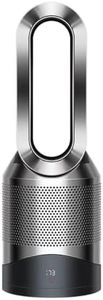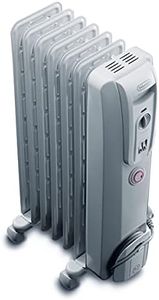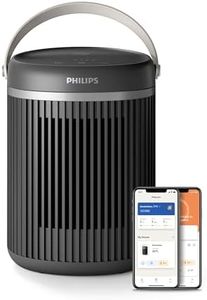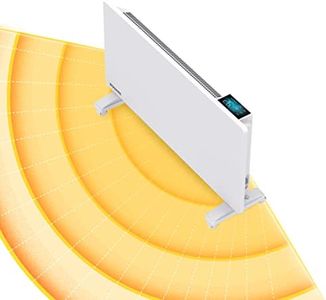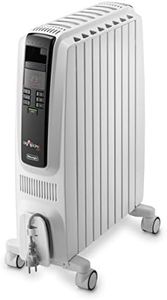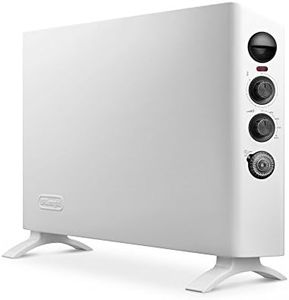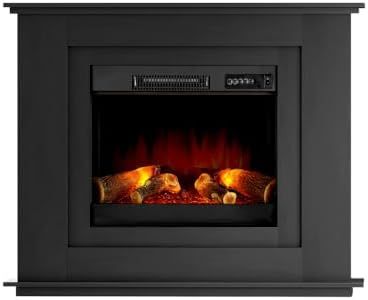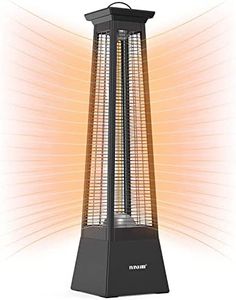We Use CookiesWe use cookies to enhance the security, performance,
functionality and for analytical and promotional activities. By continuing to browse this site you
are agreeing to our privacy policy
10 Best Indoor Heaters
From leading brands and best sellers available on the web.Buying Guide for the Best Indoor Heaters
Choosing the right indoor heater is all about matching your space and needs to the features that are offered. Indoor heaters come in various types, each suited for different room sizes, layouts, and personal preferences. Before buying, think about the size of your room, how quickly you need it to warm up, and whether you want portability or a permanent fixture. Understanding the key specifications will help you make a comfortable and safe choice for your home.Heater TypeThe type of heater determines how it produces and distributes heat. Common types include convection heaters, which warm the air in a room; radiant heaters, which heat objects and people directly; and fan heaters, which use a fan to distribute warm air quickly. If you want to heat a whole room evenly, convection heaters are best. For quick, personal warmth, radiant or fan heaters do the job. Consider how you'll use the heater—whether for spot heating or overall room comfort—to pick the best type.
Heating CapacityHeating capacity, usually measured in watts or BTUs, tells you how much space a heater can warm effectively. Smaller spaces (like bedrooms and offices) need lower capacity, while larger areas (like living rooms) need more power. Typically, 10 watts per square foot is used as a guideline. Match the heater's capacity to your room size for effective and energy-efficient heating—avoid underpowered models for big spaces and overpowered ones for tiny rooms.
Size and PortabilityThe size of the heater affects where you can put it and how easy it is to move. Compact heaters are suitable for desks or small rooms, while larger, bulkier models are better for big spaces or permanent installation. Portability matters if you plan on moving the heater between rooms; look for handles or wheels if this is important to you. Your routine and space constraints should guide your choice here.
Thermostat and ControlsA thermostat lets you set and maintain a specific temperature, which helps save energy and improves comfort. Simple heaters may have just on/off switches or basic dials, while others feature digital displays and timers. If you want a set-and-forget experience or need the heater to work only at certain times, look for more advanced controls. Your desired balance between convenience and hands-on control will help you decide.
Safety FeaturesSafety features like tip-over protection, overheat shutoff, and cool-touch exteriors help prevent accidents, especially in homes with children or pets. If safety is a top concern for you, prioritize models with built-in protections. Heaters placed in high-traffic areas or used overnight should especially have robust safety features.
Noise LevelNoise level can be important if you plan to use the heater in a bedroom, study, or quiet space. Fan heaters tend to be noisier due to moving parts, while oil-filled or panel heaters run almost silently. Consider where you'll use the heater most and how sensitive you are to noise when evaluating this spec.
Energy EfficiencyEnergy efficiency determines how much heat you get per unit of electricity used. Features like programmable timers, thermostats, and eco modes can help reduce running costs. If you're concerned about electricity usage or plan to use the heater often, look for efficiency-boosting features to keep your bills lower and minimize waste.
